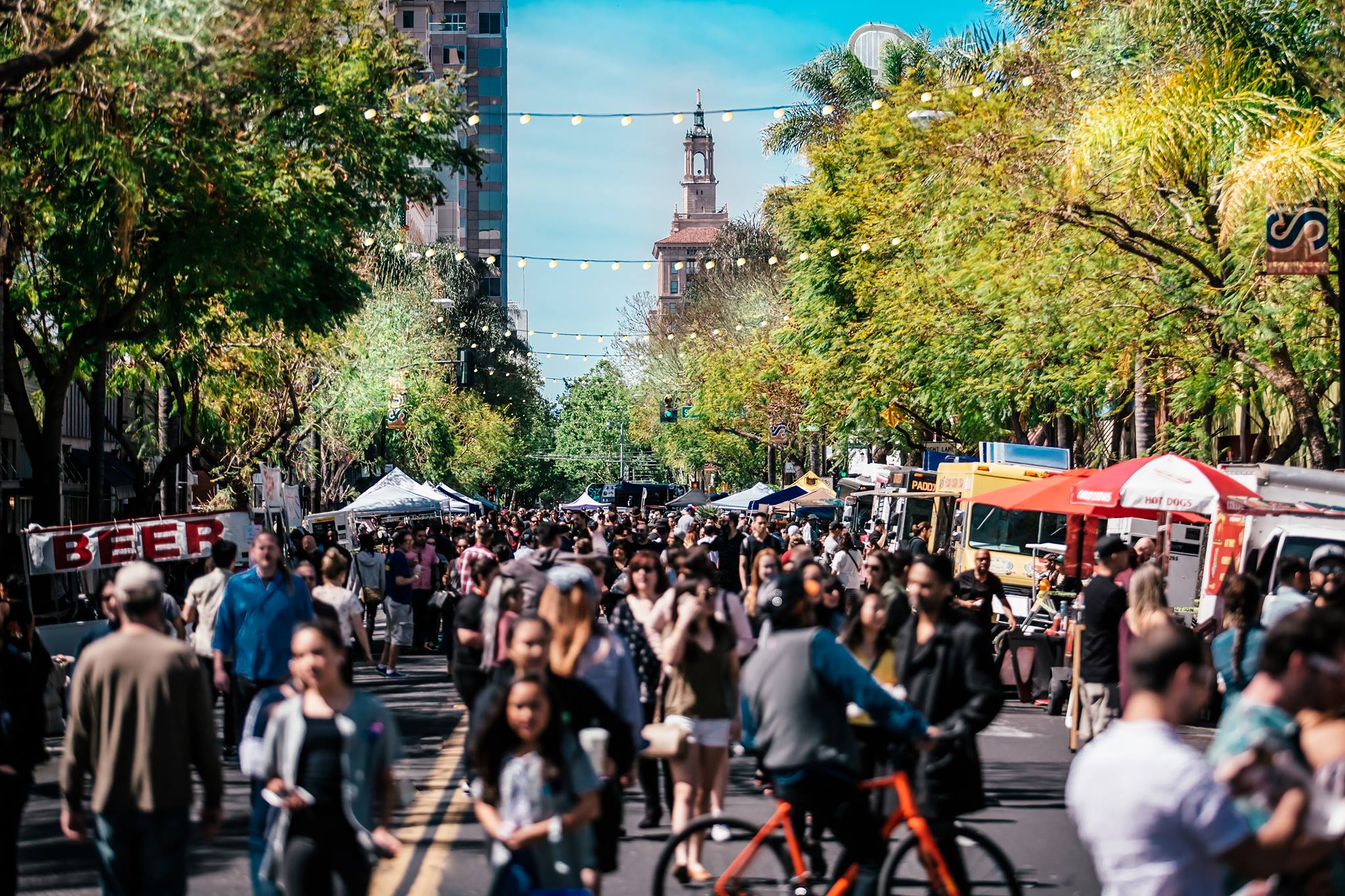- Business Insider conducted an analysis of local economies in the 40 largest metro areas in the US.
- Areas near San Jose and San Francisco ranked as the two places with the top economies.
- Economists have said the Bay Area’s job market “defies gravity.”
- Economic progress is increasingly being powered by big cities, and the Bay Area’s tech industry may only continue to explode. On a larger scale, US geographical economic inequality is growing, meaning Americans’ salary-earning-potential is more connected to your location than ever before.
It probably comes at no surprise that the San Jose and San Francisco metro areas have the strongest economies in the US. Many of the nation’s largest tech companies are headquartered there, and one economist recently told Mercury News that the Bay Area’s economy “is defying gravity.”
In a new analysis, Business Insider culled data across five measures of labor-market and general economic health for the 40 metropolitan statistical areas with the largest 2017 populations. Those measures included unemployment rate, average weekly wage, job growth rate, GDP per capita, and GDP growth rate. By placing those measures on a common scale and combining them, we were able to get a picture of the overall state of each metro area’s economy. (You can read about our full methodology here.)
Two Northern California metros – San Francisco-Oakland-Hayward and San Jose-Sunnyvale-Santa Clara – ranked as the places with the best economies in the country.
These two metros are in and around Silicon Valley, considered the center of the tech world. Thanks to companies like Apple, Google, Cisco, and Tesla, Silicon Valley is nearly a $3 billion neighborhood today.
The San Jose metro area holds the top position among the 40 largest regions in three of our five metrics: its Q3 2017 average weekly wage of $2,297, 2016 GDP growth rate of 5.9%, and 2016 GDP per capita of $126,820.
Close behind, the San Francisco metro area's Q3 2017 average weekly wage was $1,654; its 2016 GDP growth rate was 5.4%; and its 2016 GDP per capita was $100,132. Plus, the region's February 2018 unemployment rate was just 2.9%.
On a national scale, our analysis reveals just how powerful the tech industry has become to the US economy in the past few decades. As BI has previously reported, today more than ever, your economic opportunity is tied to your location. Some of the Bay Area's wealth comes from venture-capital funding. According to Thomson Reuters and CityLab, the San Francisco and San Jose metro areas receive nearly 40% of the nation's VC money.
Compared to the rest of the US, tech hubs in the Bay Area have remained economically strong. Business growth in this region appears to be especially robust, which also means that many other parts of the country are being left out. As Axios notes, as people in other cities suffer economically, they have fueled a quiet backlash against those in more prosperous metros, like San Francisco.
The typical San Francisco household earns about $96,677 each year - nearly double the national median household income of $57,617, according to the US Census Bureau. And there's reason to believe that the larger region's prosperity will only continue to grow.
